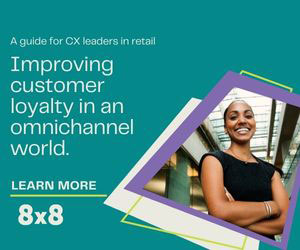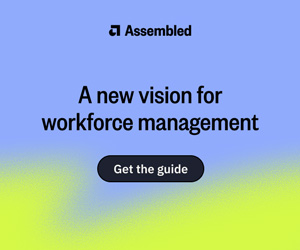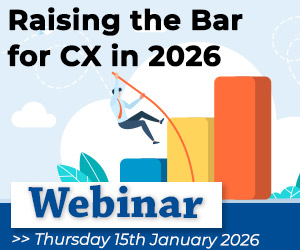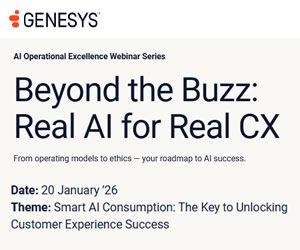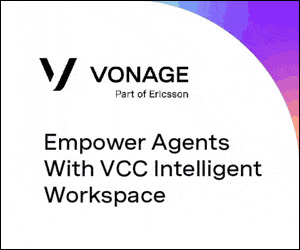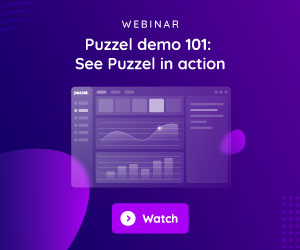Route 101 explores how CX leaders can turn technology investments into measurable performance gains.
Bridging the Gap Between Potential and Performance
The promise of customer experience (CX) technology is compelling. According to Forrester’s 2025 Total Economic Impact (TEI) study of Zendesk, organisations saw a 301% ROI and £23.2M in net present value over three years.
But while these figures are impressive, they only tell part of the story. Technology alone doesn’t drive transformation.
The real challenge lies in translating capability into outcomes – aligning tools with strategy, people, and processes to unlock meaningful change.
This article explores how CX leaders can move beyond implementation to realise the full value of their tech investments.
What the TEI Report Signals About CX Possibility
The TEI study reveals tangible benefits of a well-executed CX strategy:
- 25% reduction in contact rate
- 30% of enquiries resolved via AI
- 3-minute reduction in average handling time
- 65% decrease in agent attrition
- 67% faster onboarding
- 1% increase in revenue from improved CX
These aren’t just metrics – they’re indicators of strategic alignment. They reflect what’s achievable when technology is embedded within a broader framework of operational excellence and customer-centric thinking.
Why Technology Alone Doesn’t Deliver
Despite significant investment, many organisations struggle to realise the full potential of their CX platforms. Common barriers include:
- Underused features due to limited training or change management
- Fragmented systems that hinder data flow and insight generation
- Poor integration with existing workflows
- A focus on go-live dates over long-term optimisation
In these cases, technology becomes a passive asset – present but not performing.
Execution: The Critical Enabler of CX Success
Transformation requires more than tools – it demands execution. This is where strategic partners play a pivotal role. By bridging the gap between platform and performance, they help organisations:
- Align implementation with business goals and customer journeys
- Drive adoption through structured enablement and change management
- Optimise continuously using data, automation, and roadmap alignment
The outcomes highlighted in the TEI report are not guaranteed – they’re earned through deliberate, ongoing effort.
Building a CX Strategy That Delivers
To move from technology to transformation, CX leaders should:
- Define the outcomes that matter – whether it’s reduced churn, faster resolution, or improved CSAT
- Map those outcomes to capabilities across the tech stack
- Align cross-functional teams around shared goals and metrics
- Measure impact continuously and iterate
- Use TEI benchmarks as directional indicators, not definitive targets
- Choose partners who understand both the technology and the business context
Transformation is not a destination – it’s a discipline.
From Platform to Performance
The TEI of Zendesk report illustrates what’s possible – but possibility is not inevitability. Technology is the enabler. Strategy, execution, and optimisation are what turn potential into performance.
If your CX stack isn’t delivering the outcomes you expected, the issue may not be the platform – it may be the plan.
For more information about Route 101 - visit the Route 101 Website
Call Centre Helper is not responsible for the content of these guest blog posts. The opinions expressed in this article are those of the author, and do not necessarily reflect those of Call Centre Helper.
Author: Route 101
Reviewed by: Jo Robinson
Published On: 29th Sep 2025 - Last modified: 1st Oct 2025
Read more about - Guest Blogs, Route 101




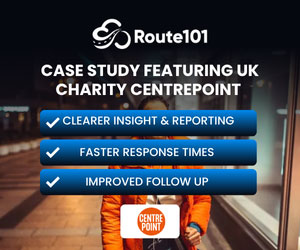

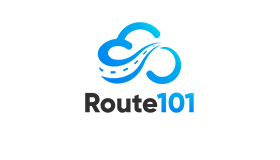 Route 101 is an award-winning technology systems integrator, delivering market-leading cloud contact centre and customer engagement software and solutions. Its products and services help clients to transform their customer engagement, support and empower their workforce, and boost their business operations.
Route 101 is an award-winning technology systems integrator, delivering market-leading cloud contact centre and customer engagement software and solutions. Its products and services help clients to transform their customer engagement, support and empower their workforce, and boost their business operations. 









